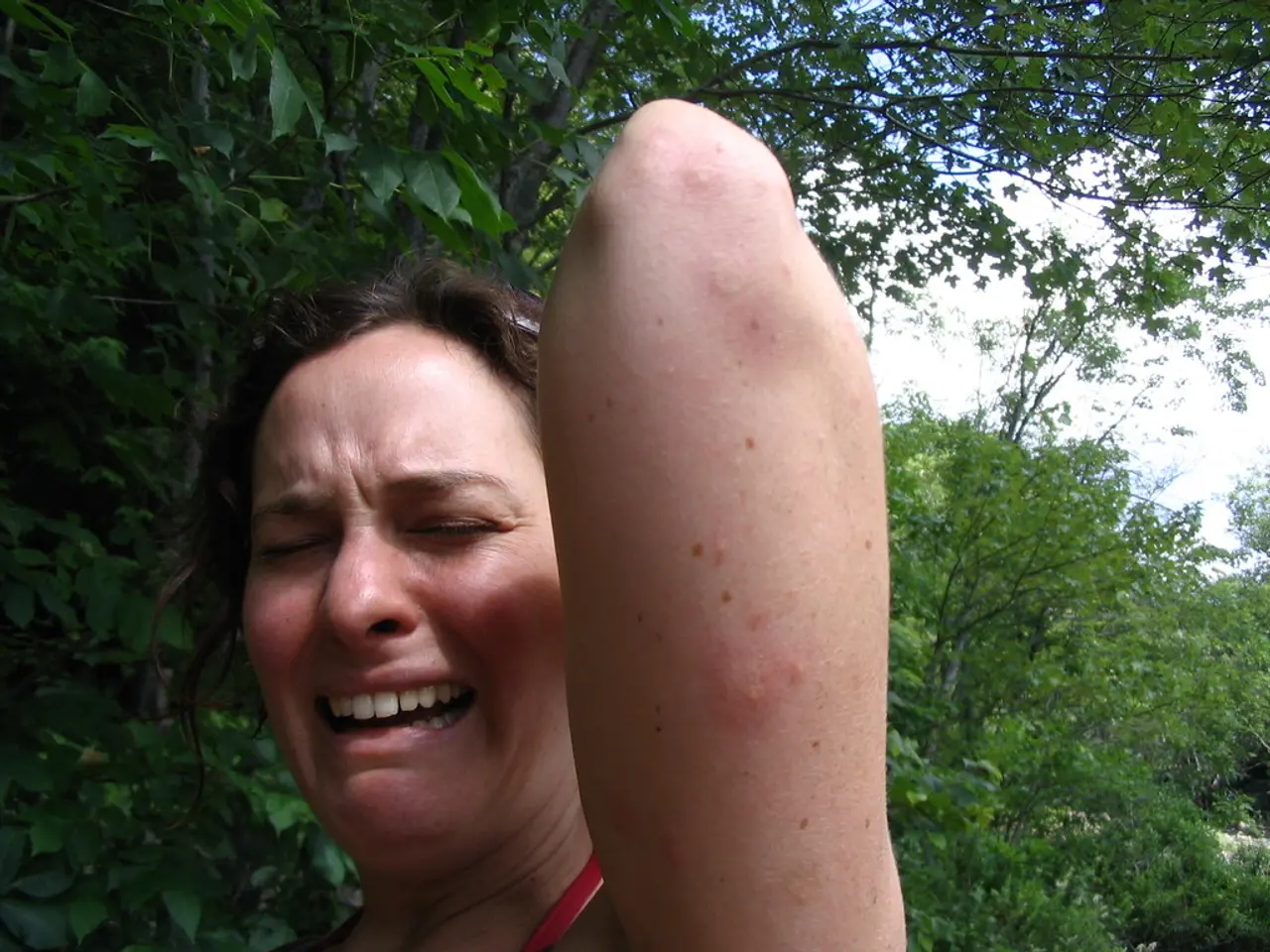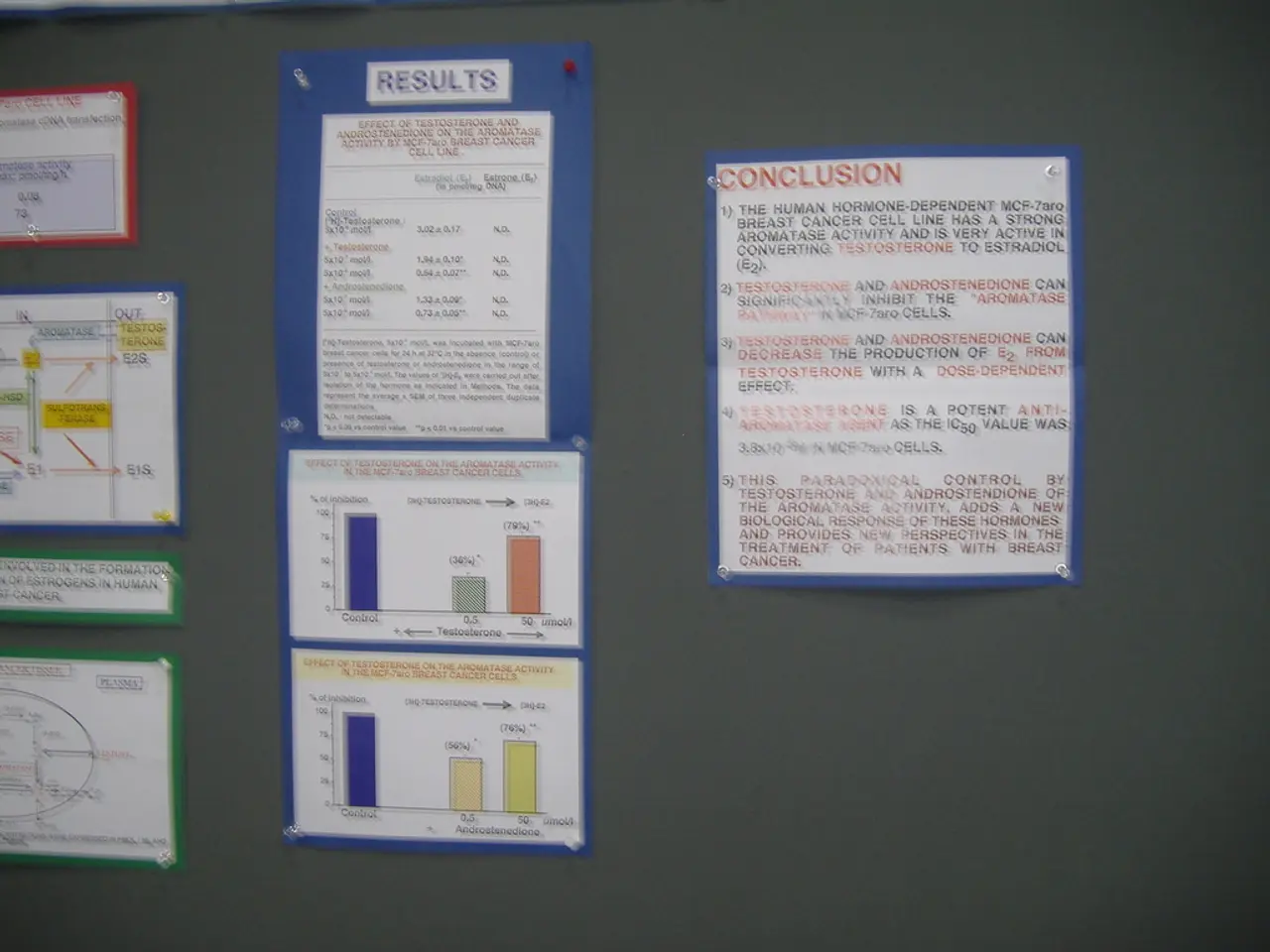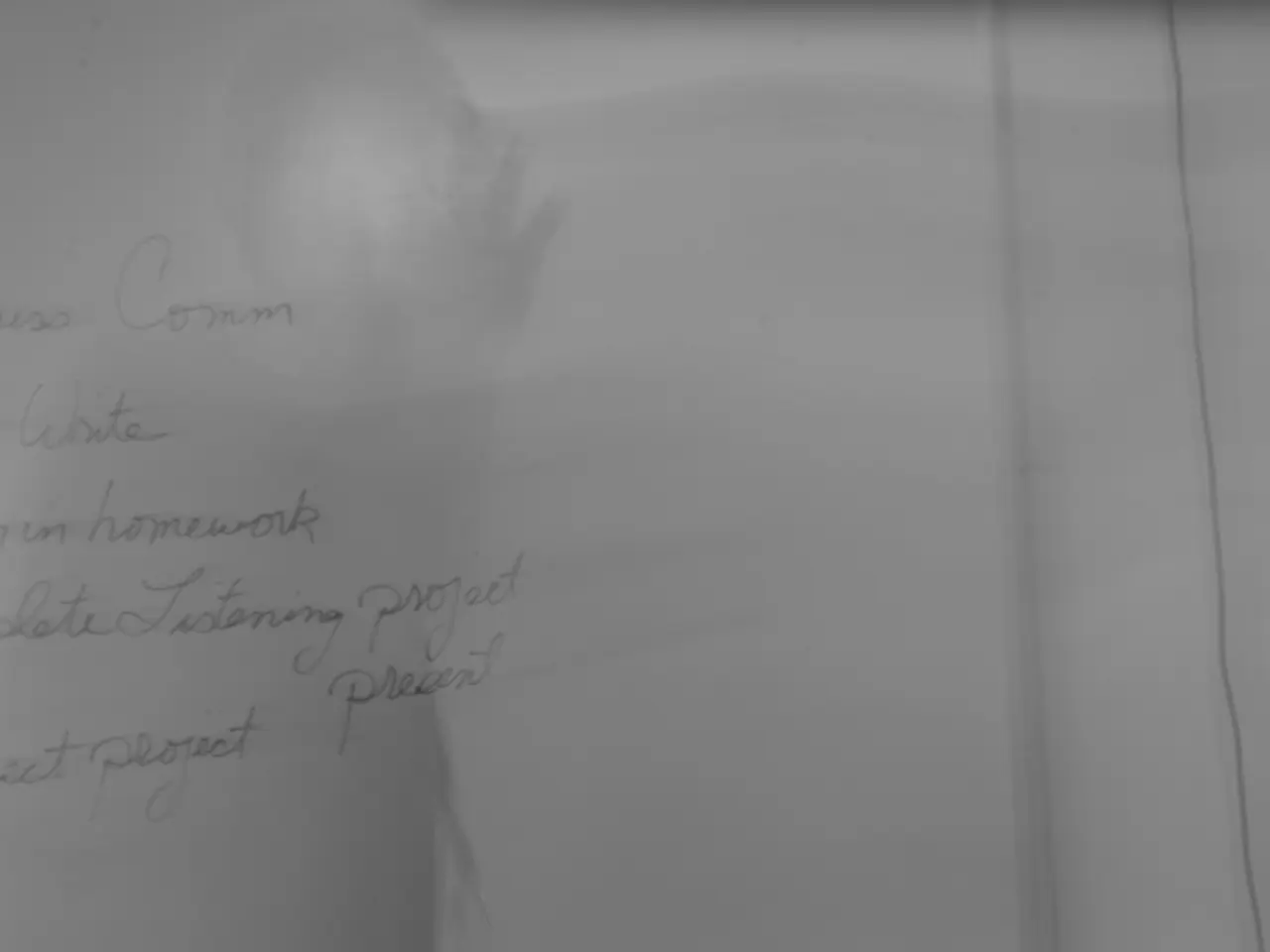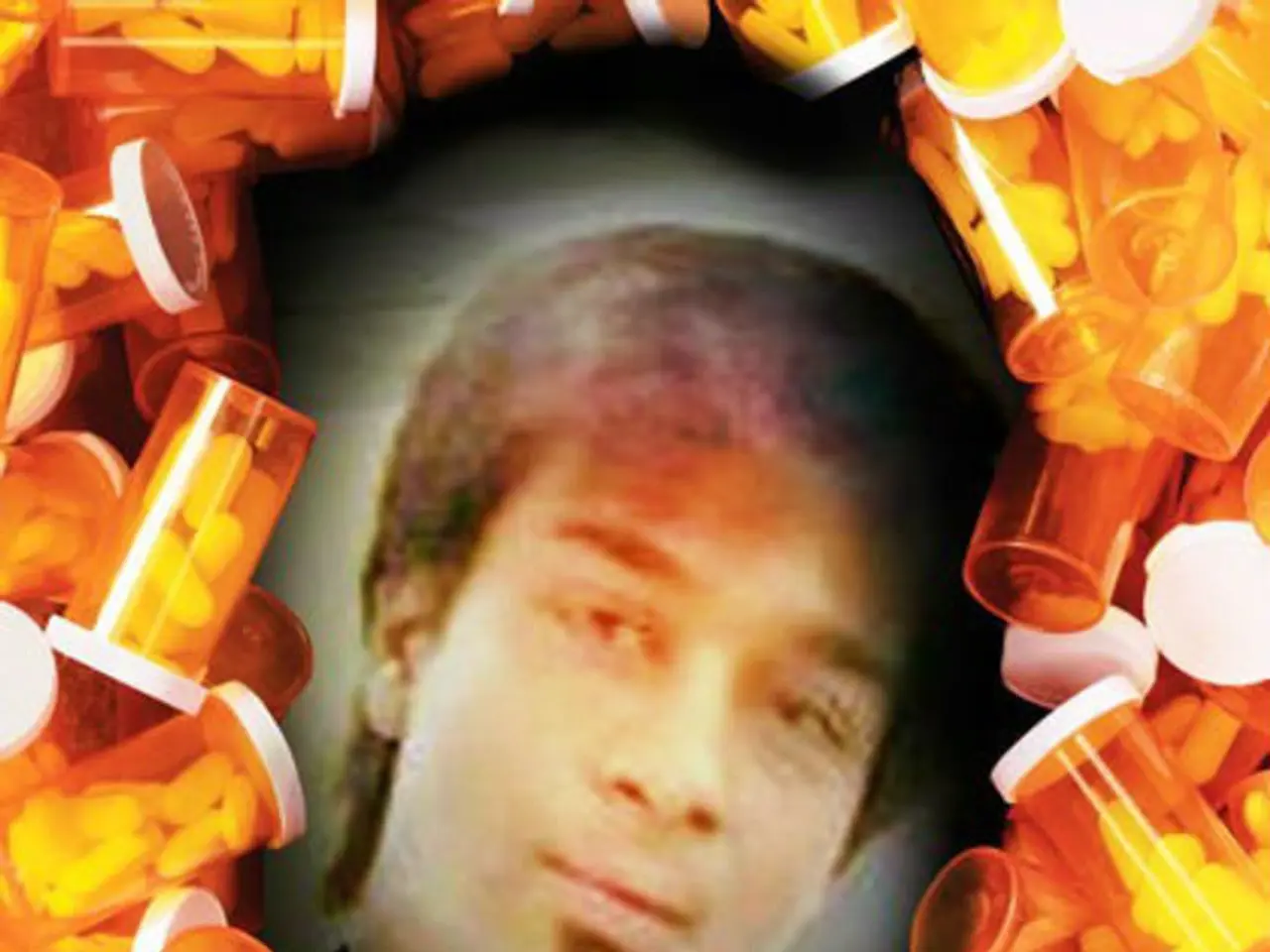Struggling with Summer Blues: Strategies for Overcoming Seasonal Affectivity in the Heat
Reverse Seasonal Affective Disorder (SAD), also known as summer depression, is a less common form of seasonal depression that presents symptoms during the spring and summer months instead of the usual fall and winter[1][2]. This condition is triggered by factors such as extended daylight hours, heat, disrupted routines, and social pressures unique to the summer season[1][2].
### Causes of Reverse SAD (Summer Depression) The disruption of circadian rhythms is a significant cause of reverse SAD. Longer daylight hours and shorter nights can lead to reduced melatonin production, a hormone that regulates sleep, causing difficulty falling or staying asleep[3][4]. Additionally, alterations in serotonin regulation due to seasonal changes may lead to lowered mood, as serotonin plays a crucial role in emotional regulation[3].
Environmental factors, such as high temperatures, can increase irritability, worsen sleep quality, and exacerbate mental health conditions[3]. Psychological and social triggers, including pressure to be socially active during summer, fear of missing out (FOMO), body-image issues, and disrupted daily routines, can also contribute to anxiety and sadness[1][2]. Genetics and biology may also play a role, with people who have a family history of depression or schizophrenia, and those who have difficulty regulating neurotransmitters, being more vulnerable[4].
### Symptoms Specific to Reverse SAD Trouble sleeping (insomnia), poor appetite and possible weight loss, restlessness, irritability, increased anxiety, and in some cases, violent or aggressive behavior, are common symptoms of reverse SAD[4].
### Treatments for Reverse SAD Treatment for reverse SAD focuses on restoring hormonal balance, improving sleep, and addressing psychological stresses associated with the summer months. Maintaining regular sleep schedules to counter circadian disruption is a key strategy[1][2][3][4]. Managing heat exposure to improve comfort and sleep is also important. Cognitive Behavioral Therapy (CBT) can help address negative thought patterns, anxiety, and social pressures[1][2][3][4].
In some cases, medication may be prescribed to target serotonin or melatonin pathways. Lifestyle adjustments, such as structuring daily activities to reduce social and performance pressures and managing screen time/social media use to limit FOMO effects, can also be beneficial[1][2][3][4].
In conclusion, reverse SAD results from a complex interaction of biological, environmental, and social factors that uniquely affect individuals during longer, hotter days. Understanding and managing these factors can help individuals cope with and overcome the challenges presented by reverse SAD.
References: [1] Meesters, R., et al., (2016). Seasonal Affective Disorder, Winter Type: Current Insights and Treatment Options. Journal of Affective Disorders, 197, pp. 1-7. [2] Meredith, L. C., et al., (2020). The Minimum Time Dose in Nature to Positively Impact the Mental Health of College-Aged Students. Environmental Health and Preventive Medicine, 25(1), pp. 42-49. [3] American Psychiatric Association. (2013). Diagnostic and Statistical Manual of Mental Disorders (5th ed.). Arlington, VA: American Psychiatric Publishing. [4] National Institute of Mental Health. (2020). Seasonal Affective Disorder. Retrieved from https://www.nimh.nih.gov/health/topics/seasonal-affective-disorder-sad/index.shtml
Science has indicated that changes in serotonin regulation due to seasonal changes may lead to lowered mood, exacerbating mental-health issues, such as reverse SAD [3]. To tackle reverse SAD, health-and-wellness strategies focus on restoring hormonal balance, improving sleep, and addressing psychological stresses, which are key factors linked to this condition [1][2][3][4].




